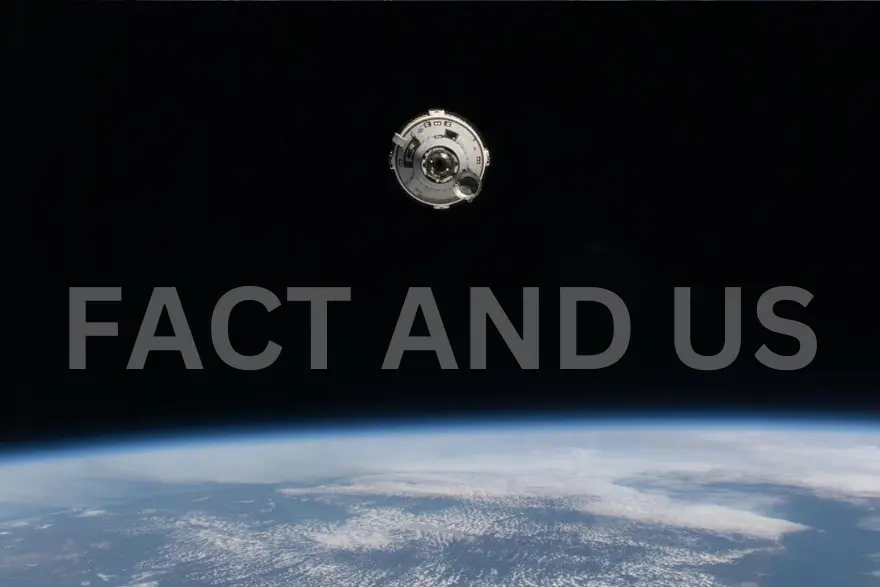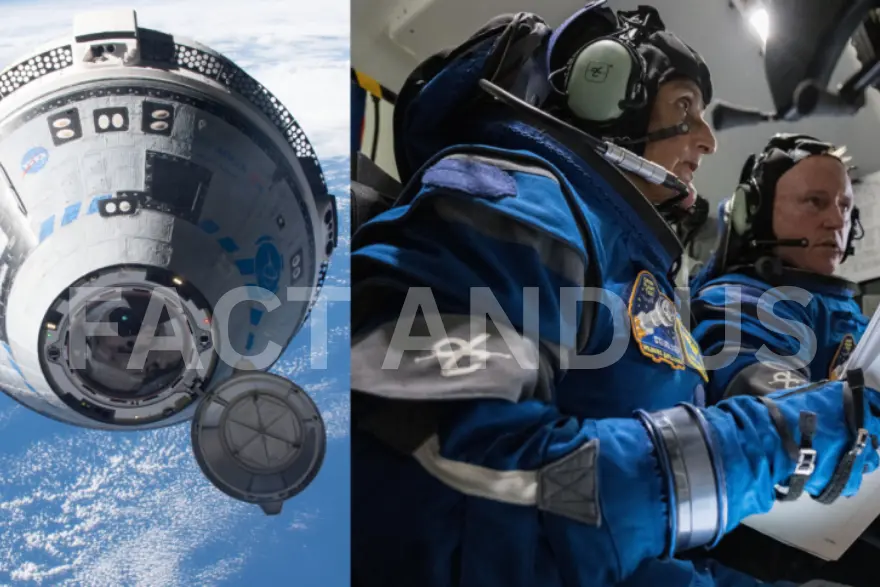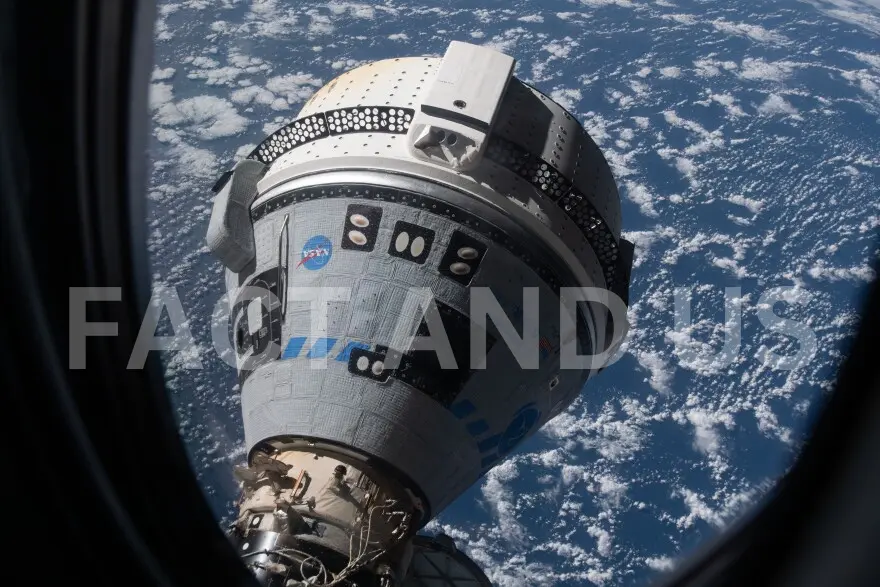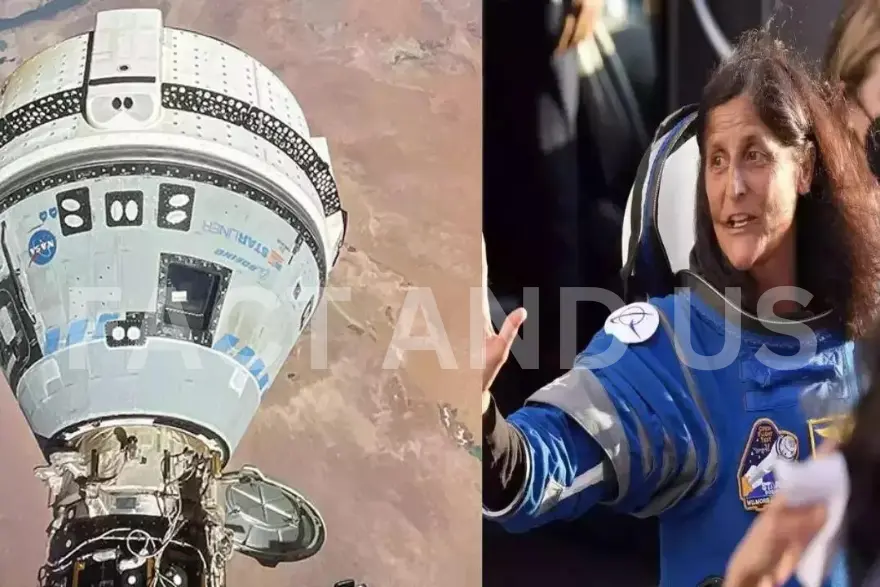The Boeing CST-100 Starliner just completed the undocking process from the International Space Station (ISS) and is set towards Earth—but not this time carrying crew aboard. It marks a very important step for a spacecraft that had to face many setbacks at the developmental stages and tests.

Starliner Returning to Earth
It is a NASA Starliner launch from the ISS, a mission very focused on space testing and its spacecraft’s system performance. This one is called OFT-2, or Orbital Flight Test-2. There was no crew on board but has been considered highly important in proving that the program stands ready for crewed missions going forward.
Since it first flew for its first test flight in December 2019 but didn’t make it to the ISS, thanks to technical problems, this Boeing Starliner has been watched closely. Undocking and return today are indeed all-important steps on the road to proof of reliability before testing human spaceflights.


The spacecraft retraced the perfect curvaceous descent curve toward Earth. When it entered the atmosphere, it would receive a touchdown with the help of heat shields and parachutes. Ground teams simultaneously followed this descent, maintaining constant contact with the spacecraft.
Starliner landed safely inside a predetermined recovery zone—one of the most remote desert regions. Recovery teams were dispatched promptly to collect it. Landings were similarly incident-free; this phase of the test for this spacecraft came out smoking, and systems performed as designed—of course, including landing and recovery operations—to set up for subsequent crewed missions.

Boeing and NASA officials are pleased with the outcome of the mission. “Today’s successful return of Starliner testifies to all the hard work and dedication from the entire team involved,” said Steve Stich, NASA’s Commercial Crew Program manager. “We are excited to continue working with Boeing and look forward to the next steps in preparing Starliner for crewed missions.”
Though no astronauts will be on board when this unmanned mission launches, what the mission brings in terms of safety and success for later manned flights is very important. Engineers will study the results of the mission and then make appropriate adjustments before it is cleared to take astronauts to the ISS.

This success underlines further the developments that are taking place in commercial spaceflight. Indeed, firms like Boeing will continue to push the envelope in the development and perfection of spacecraft. Hence, the role that human spaceflight will play in the future will dramatically change. For it not only will they send people to and from space but also mark a new epoch for reliable and accessible space travel.
It’s time now for the transition into the next round of testing, which will be crewed missions. NASA is working hand in glove with Boeing to ensure that everything will be right on the highest standards of safety with all these systems that are currently activated.
But with this day’s mission success, this is a good and promising step into space, building confidence in commercial spacecraft and taking a step towards further leading in human space travel. The world cannot wait for that day when Starliner would carry astronauts on their first-ever crewed mission—the New Chapter of Space History.
Stay connected with fact and us for more such news.
